Scania

The history of Scania AB dates back to 1891. The main office is located in a Swedish town Södertelge, but the manufacturing facilities are extended over all the continents: thus, there are plants in Sweden, France, the Netherlands, Argentine, Brazil, Poland and Russia. The company has managed to preserve its specialization in trucks, buses, industrial and marine engines production from the very beginning of its activity up to the present days. Besides, Scania manufactures chassis for other enterprises. The Volkswagen AG auto-group (around 70% of shares), MAN (17% of shares) and several minoritary shareholders are the owners of the company.
History
Scania has been producing trucks since 1902, and the first of those trucks was made on the base of petrol-powered engine. In 1908 a 4 tons 20 HP car won an award, but the serial manufacturing of automotive vehicles didn’t begin then since there was a lack of demand. Actually, the Scania-Vabis Company was set up in 1911 as the result of the integration of «Maskinfabriksaktiebolaget Scania» and «Vagnfabriksaktiebolaget» in Södertelge. In 1915 the new company produced a small number (if to compare with contemporary volumes of production) of individual cars (76 cars), trucks (74 trucks) and buses (just 1 bus produced). In addition, approximately 30% of the production went to Russia. Since 1921 the company has occupied its market niche being a trucks and buses supplier for the state posting system.
In 1925 Scania-Vabis introduced the new generation of trucks with closed bodies and 4-cylinder OHV engines. The high professional capabilities of the constructors let the company enter the market of specialized engines for boats. In 1926 and 1927 the company developed 4- and 6-cylinder engines, able to reach 60 and 100 HP.
Eventually, Scania-Vabis managed to produce the first Bulldog bus (both the engine and the driver are located in the cabin) in 1932, in equivalent to the American ones. The cooperation of the company with the public utility sector organizations of Stockholm contributed to the stable selling and constant economic advancement in the 30-40s. Besides, Scania-Vabis used to be the supplier of special vehicles, military vehicles and tanks for the armed forces of Sweden. All in all, in 1944 the first standard civil truck was produced. It was fitted with an individual 4-, 6- and 8-cylinder petrol-powered engine, assembled according to a circuit module, elaborated in 1936, what allowed the usage of standardized components. In 1954 the Regent truck became one of the most popular models with the commercial trucking companies. In 1969 after several years of engineering elaborations a new DS 14 engine, reaching 350 HP and with the swept-volume capacity of 14 liters, was presented. In the 1960s with the placement of the manufacturing facilities of Scania in Brazil and the Netherlands the company started to expand geographically. Besides, it obtained several components production plants in Sweden.
The present expansion made the production of a new kind of trucks – an LB141 truck with an 8-cylinder 375 HP V-like engine – possible. The testing of the vehicles with new engines let the modernized and more effective models enter the market.
In the 80s the production of the trucks was based on modularity what decreased the expenses on manufacturing. What’s more, all kinds of models now were able to be assembled on special demands.
The modern look of the vehicle appeared in the 80s, too. Trucks with the GVW of 16-36 tons started to be manufactured. The popular standard series 3 entered the market.
Apart from transport vehicles, Scania used to produce vehicles suitable for construction tasks. The company focused on the production of its own components – engines, cabins, back axles and driving gears.
Up to the 21 century Scania has been positioning itself as a producer of the most powerful engines and the most well-known vehicles, particularly T models and the following R models. The production of engines has become a hallmark of the company. Together with Cummins Scania has been developing the system of high-pressure fuel injection (XPI). This let V8 620 HP engines enter the market. In 2010 the most powerful engine for trucks – a 730 HP engine – entered the market, too. Scania R 730 has become the most powerful line-haul truck in the world.
Model range
As of date, the company offers the trucks of the 3 series – P, G and R.
Scania R

Scania R
R-series is designed for heavy line-haul transportation. The trucks are fitted with Euro 6 V8 engines with 9, 13 or 16 liters capacity, reaching from 250 to 580 HP. The vehicles are equipped with Ad Blue systems, which neutralize the burnt gas. The trucks are notable for the advanced active and passive security systems, such as Scania Driver Support and Scania Active Prediction, Brake Assist, Lane Departure Warning and Adapive Cruise Control. Foreground cameras are also fitted in. Such equipment is fitted in R-series vehicles and can be fitted in G-series vehicles.
Scania G
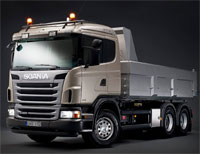
Scania G
G-series is designed for long distance and regional load transportation, but this model is suitable for construction tasks, as well. The modifications of the model are fitted with 3 sleeper cabins, a suitable for day-time cabin and a short cabin. The trucks are equipped with the engines reaching up to 490 HP.
Scania P
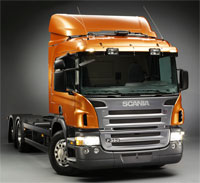
Scania P
P-series is intended for urban and local light load transportation. Like other models, it’s suitable for construction tasks. The trucks are notable for their cornering ability and the economical efficiency of the engine. By the way, the engines reach up to 450 HP. There are 5 modifications of the cabins: there are both sleeper cabs and day-time shortened variations.
The hallmark of the vehicles is the Scania Opticruise system, which is able to adjust the functioning of the gearbox, the engine and the suspender in an optimum way. This system has been created to help in conducting the vehicle in difficult driving conditions, for instance, when the car is moving down- and uphill, when it’s moving with a heavy load, etc.
Scania buses
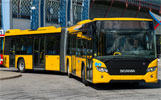
Scania Citywide

Scania OmniCity
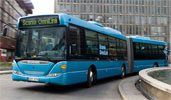
Scania OmniLink
Scania produces two types of buses – tourist coaches and city buses. City buses posses a high cornering ability, economical efficiency and eco-friendly innovations. A beefed-up chassis is fitted in such vehicles. Citywide, OmniCity and OmniLink models fall into this category.
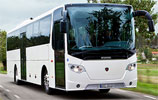
Scania OmniExpress
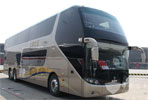
Scania Higer A98
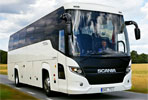
Scania Touring
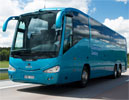
Scania Irizar Century
Scania OmniExpress, Higer, Touring and Irizar tourist coaches comply with all comfort and eco requirements. Scania buses all share one specific feature if to concern the design: if you look at the vehicle from the front side, it may seem that the vehicle smiles to you. It’s an old specialty of Scania buses.
Eco-friendliness of the technologies of Swedish manufacturer should be mentioned, too. In the 80s Scania plunged itself into the development in this direction. The company has been working on the construction of engines, working on eco-fuel, such as biodiesel (based on colza), natural gas and biogas.
Vehicle categories tagged as "About Scania"
Latest offers





Scania R450 High SCR Only
37 000EUR
Price excl. VAT
- ≈ 39 570 USD
- ≈ 31 799 GBP





Scania R420, 6x2
7 600EUR
- ≈ 8 127 USD
- ≈ 6 531 GBP





Scania R490, 6X2





Scania R620, 8x4





Scania R620 6x4,retarder,euro5,hydraulics
21 000EUR
- ≈ 22 458 USD
- ≈ 18 048 GBP





2019 Scania S520 6x2 trekkvogn med hydraulikk





2015 Scania R580 6x2 trekkvogn med boggie løft





SCANIA R 500 A4x2NB DIFF-LOCK RETARDER FULL AIR 8T NAVI
82 450,41EUR
Price excl. VAT
- ≈ 88 176,97 USD
- ≈ 70 860,58 GBP
SCANIA P 340 LA4x2MNA LNG - Teileträger!!!
12 900EUR
Price excl. VAT
- ≈ 13 796 USD
- ≈ 11 086 GBP
SCANIA R 450 A4x2LA
89 950,42EUR
Price excl. VAT
- ≈ 96 197,92 USD
- ≈ 77 306,35 GBP





SCANIA R 410 LA4x2MNA
34 500EUR
Price excl. VAT
- ≈ 36 896 USD
- ≈ 29 650 GBP





SCANIA R 450 LA4x2MEB
29 600EUR
Price excl. VAT
- ≈ 31 656 USD
- ≈ 25 439 GBP





Scania R380 LOW KILOMETER 415000





Scania R490 4X2 Retarder 2x Tanks Standklima Euro 6
19 900EUR
Price excl. VAT
- ≈ 21 282 USD
- ≈ 17 102 GBP



SCANIA R440
10 000EUR
Price excl. VAT
- ≈ 10 694 USD
- ≈ 8 594 GBP





SCANIA R730





SCANIA R580 LA





Scania R 410 RETARDER TOPLINE
15 900EUR
Price excl. VAT
- ≈ 17 004 USD
- ≈ 13 665 GBP





Scania R420 6X2 BOOGIE EURO 5
18 900EUR
Price excl. VAT
- ≈ 20 212 USD
- ≈ 16 243 GBP





Scania R 450 TOPLINE EURO 6 RETARDER
19 900EUR
Price excl. VAT
- ≈ 21 282 USD
- ≈ 17 102 GBP





Scania R730 LB8X4*4HNB with SLP wagon (Cassette), SEE VID
68 860EUR
- ≈ 73 643 USD
- ≈ 59 180 GBP





SCANIA G480 LB





Scania P340 4x2 7,5 m Pritsche + Plane
11 900EUR
Price excl. VAT
- ≈ 12 726 USD
- ≈ 10 227 GBP





Scania R 420
32 200EUR
Price excl. VAT
- ≈ 34 436 USD
- ≈ 27 673 GBP





2015 Scania P 410





2013 Scania P 400 TIPPBIL - brøytefeste - 298884 km - Eu-ok til 07.10.2024.





2014 Scania R-serie kranbil med henger





2013 Scania R620 6x2 med JOAB krokløft





Scania 94D-260
2 500EUR
Price excl. VAT
- ≈ 2 673 USD
- ≈ 2 148 GBP





SCANIA R 420 CB6x4HHZ
25 000EUR
Price excl. VAT
- ≈ 26 736 USD
- ≈ 21 485 GBP





Scania G 490 8x2 Euro 6 Hiab 19 Tonmeter Z-kraan
149 500EUR
Price excl. VAT
- ≈ 159 884 USD
- ≈ 128 485 GBP





Scania R410 BDF
21 900EUR
Price excl. VAT
- ≈ 23 421 USD
- ≈ 18 821 GBP





Scania R520 6x2*4 / FRIGO / COOL COMBINATION / CARRIER
58 500EUR
Price excl. VAT
- ≈ 62 563 USD
- ≈ 50 277 GBP





Scania R520 6x2*4 / FRIGO / COOL COMBINATION / CARRIER
58 500EUR
Price excl. VAT
- ≈ 62 563 USD
- ≈ 50 277 GBP





Scania R 560 8x4*4 JOAB 24 ton / L=5750 mm
28 900EUR
Price excl. VAT
- ≈ 30 907 USD
- ≈ 24 837 GBP





Scania P280/FIRANKA/WINDA/21PALET/E6/SPROWADZONY/MAŁY PRZEBIEG/JAK NOWA
64 456EUR
- ≈ 68 933 USD
- ≈ 55 395 GBP





Scania R 620 6x4 RETARDER / FULL STEEL / BOX L=4555 mm
21 900EUR
Price excl. VAT
- ≈ 23 421 USD
- ≈ 18 821 GBP





SCANIA P 400 6X2 MULTILIFT EURO 5
62 000EUR
- ≈ 66 306 USD
- ≈ 53 285 GBP





Scania P380 8x2





Scania P380 8x2





Irizar SCANIA K124EB 6X2 CENTURY 13.37





Scania K82S60
5 200EUR
- ≈ 5 561 USD
- ≈ 4 469 GBP

Scania Vabis





Scania K 400 4x2 OmniExpress 48 SEATS + 9 STANDING / EURO 5 / AC / AUXILIARY HEATING
26 900EUR
Price excl. VAT
- ≈ 28 768 USD
- ≈ 23 118 GBP





TURNÉBUSS SCANIA K 470 -07 (17 sovplatser)





SCANIA Citywide LE 12m - Klima - 6x - TÜV neu
179 000EUR
Price excl. VAT
- ≈ 191 433 USD
- ≈ 153 839 GBP





SCANIA Citywide LE 12m Klima - 5x Vorhanden
138 000EUR
Price excl. VAT
- ≈ 147 585 USD
- ≈ 118 602 GBP





SCANIA Citywide LE 12m Klima - 2x vorhanden
129 500EUR
Price excl. VAT
- ≈ 138 495 USD
- ≈ 111 297 GBP





SCANIA Citywide LE 12m
219 000EUR
Price excl. VAT
- ≈ 234 211 USD
- ≈ 188 216 GBP

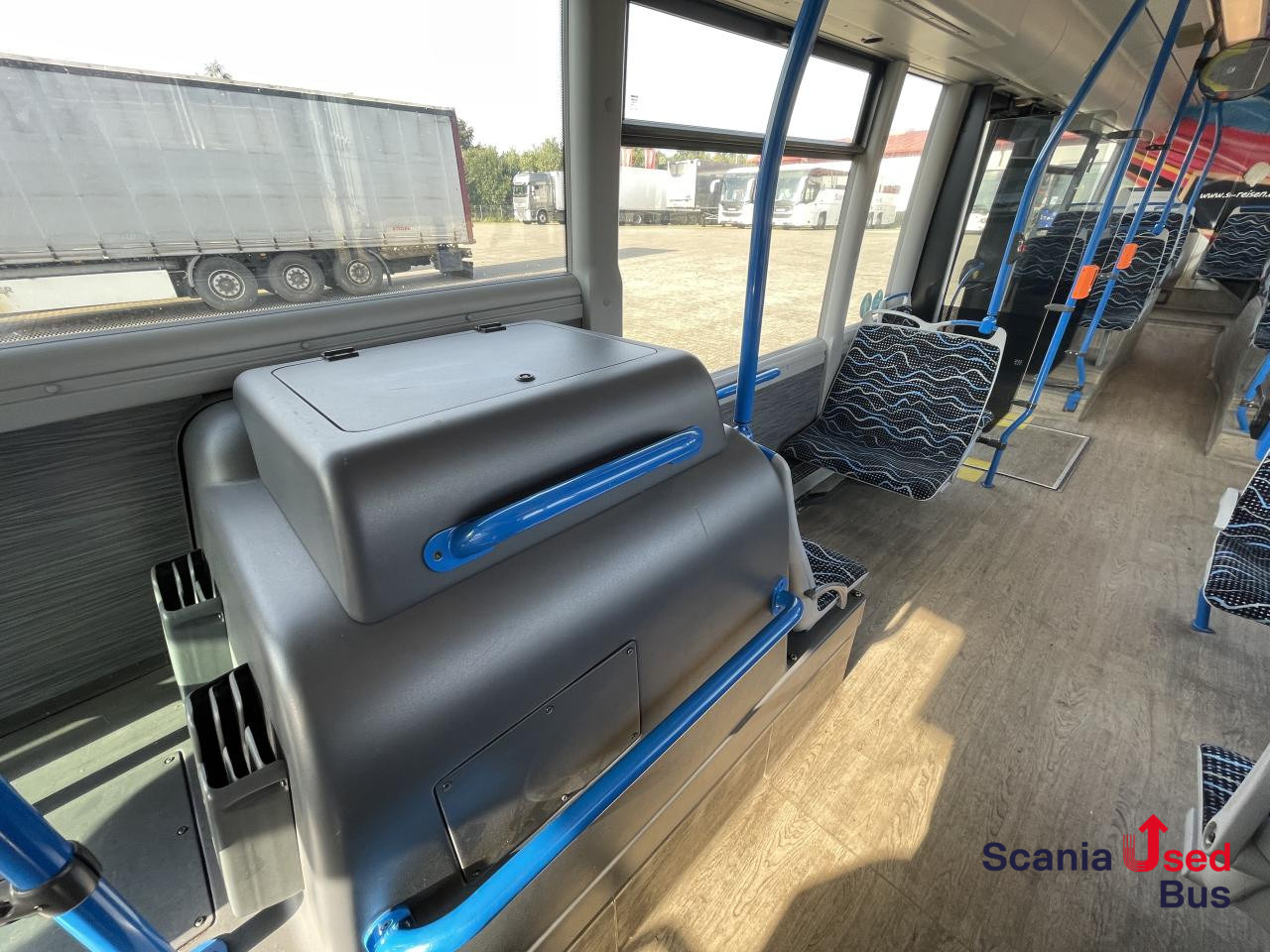
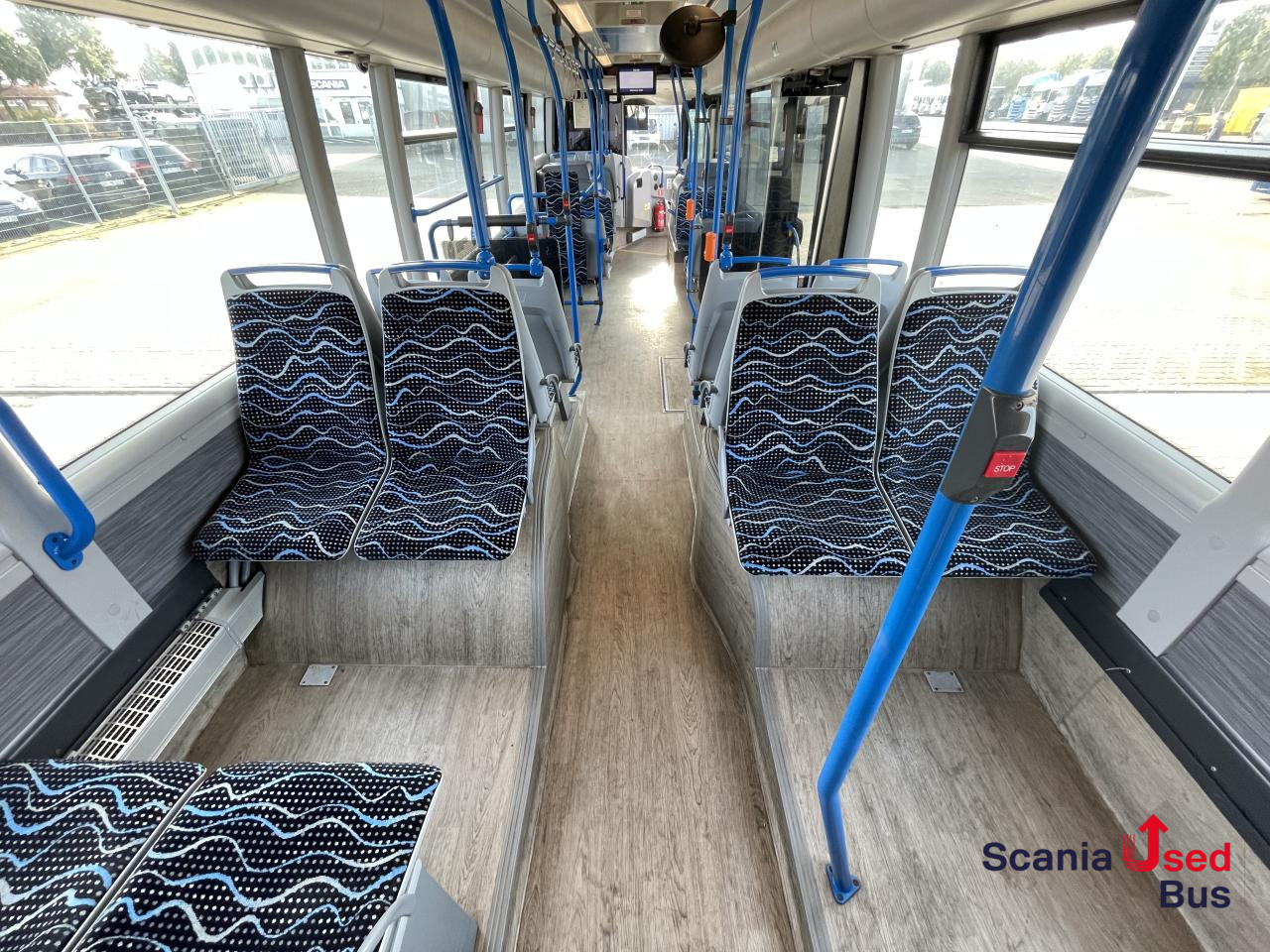
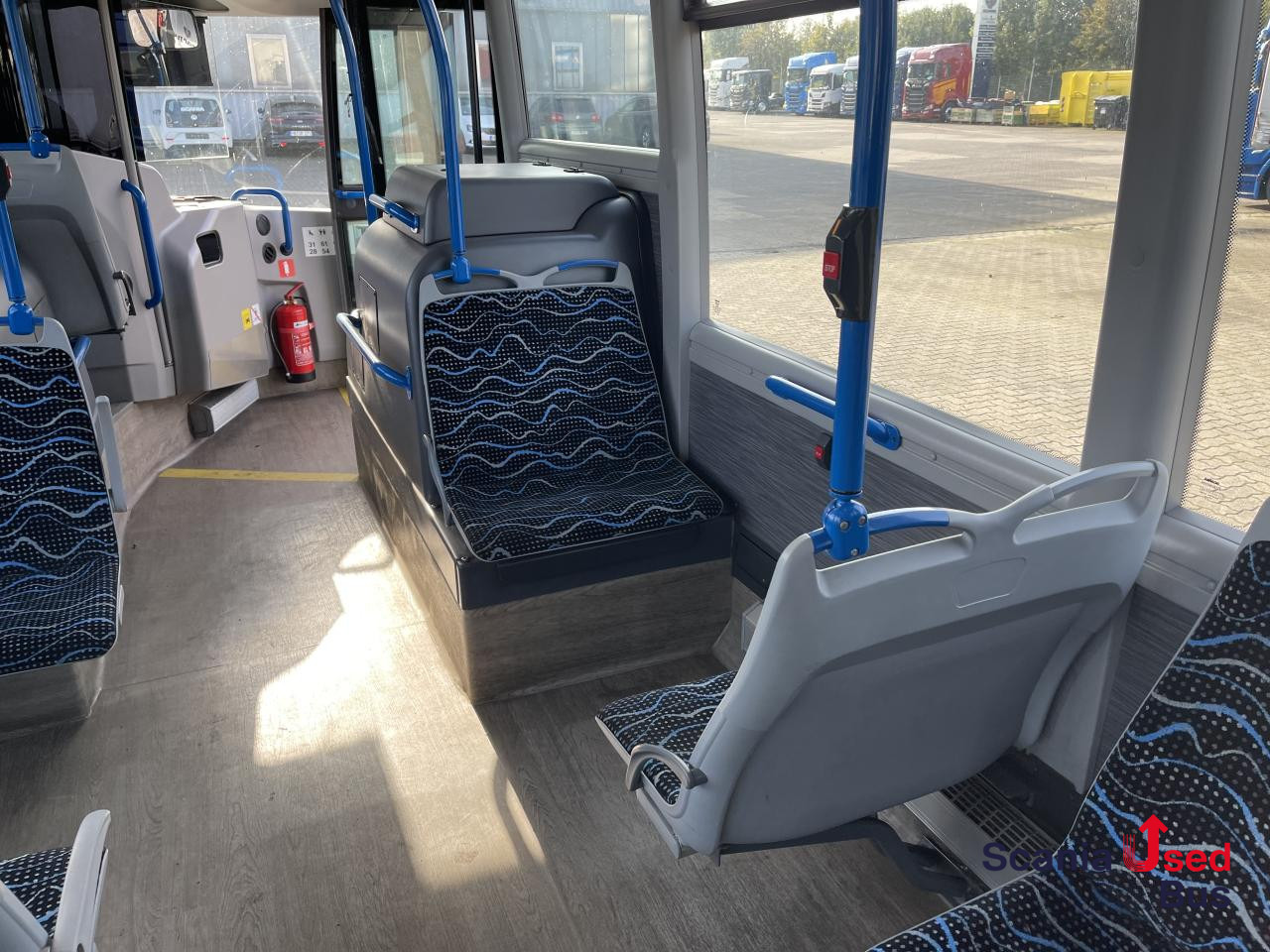
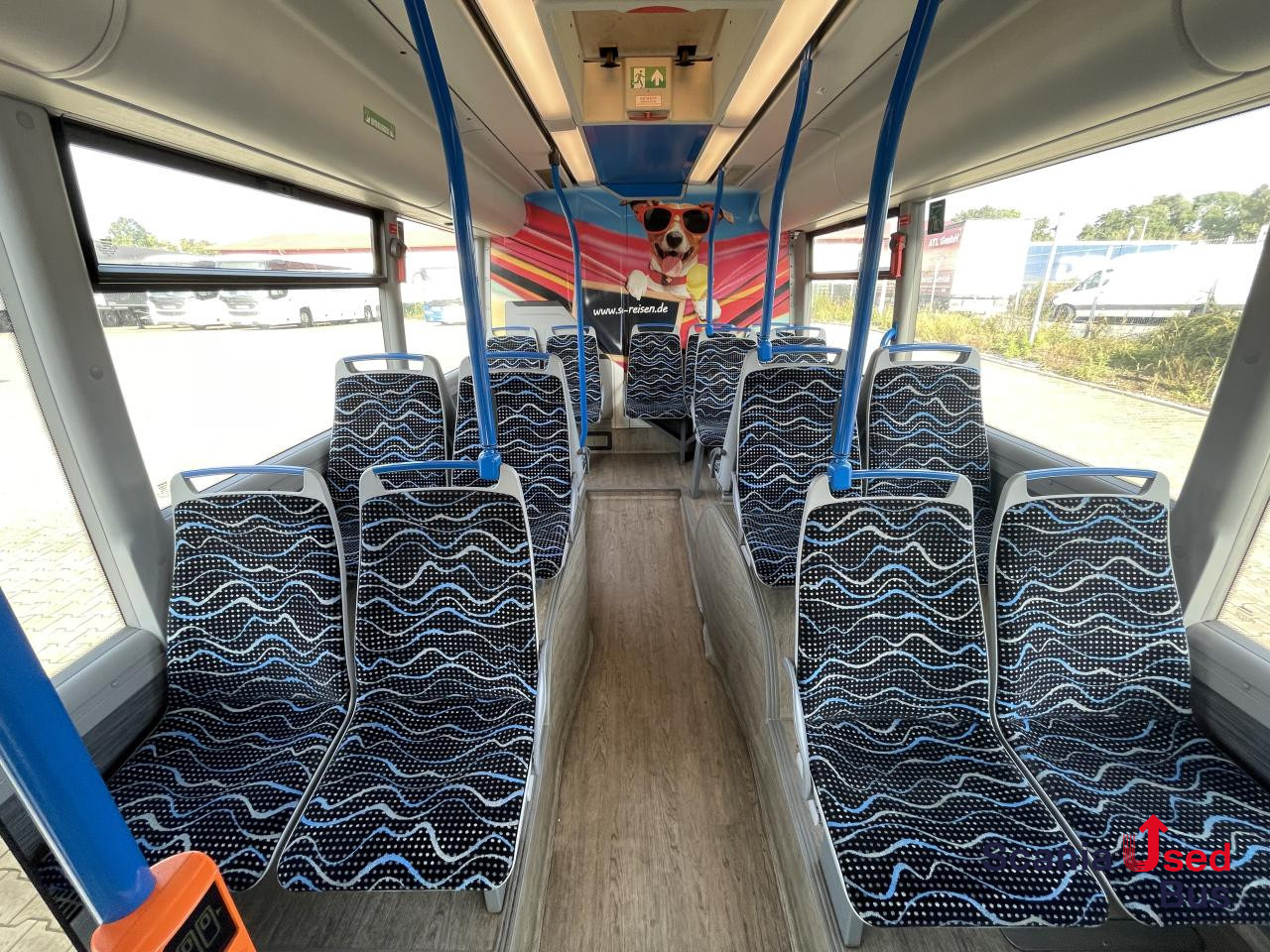
SCANIA Citywide LF 12m
98 500EUR
Price excl. VAT
- ≈ 105 341 USD
- ≈ 84 654 GBP





Scania K114 4X2 51 Seat
7 900EUR
- ≈ 8 448 USD
- ≈ 6 789 GBP





Scania K114 4X2 51 Seat
7 900EUR
- ≈ 8 448 USD
- ≈ 6 789 GBP





Scania A30 HIGER / SPROWADZONA/ KLIMATYZACJA / EEV
50 350EUR
Price excl. VAT
- ≈ 53 847 USD
- ≈ 43 272 GBP





Scania K 400 4x2 OMNIEXPRESS 48 SEATS + 21 STANDING / EURO 5
28 900EUR
Price excl. VAT
- ≈ 30 907 USD
- ≈ 24 837 GBP





Scania K 400 4x2 OMNIEXPRESS 48 SEATS + 21 STANDING / EURO 5
28 900EUR
Price excl. VAT
- ≈ 30 907 USD
- ≈ 24 837 GBP





Scania OmniCity 10.9
17 500EUR
- ≈ 18 715 USD
- ≈ 15 040 GBP





SCANIA HIGER TOURING HD; KLIMA; seats 57; 13,7m; EURO 5
79 000EUR
Price excl. VAT
- ≈ 84 487 USD
- ≈ 67 895 GBP





Scania Irizar
6 900EUR
Price excl. VAT
- ≈ 7 379 USD
- ≈ 5 930 GBP





Scania Irizar
6 900EUR
Price excl. VAT
- ≈ 7 379 USD
- ≈ 5 930 GBP





Scania Irizar Century
6 900EUR
Price excl. VAT
- ≈ 7 379 USD
- ≈ 5 930 GBP

Comments